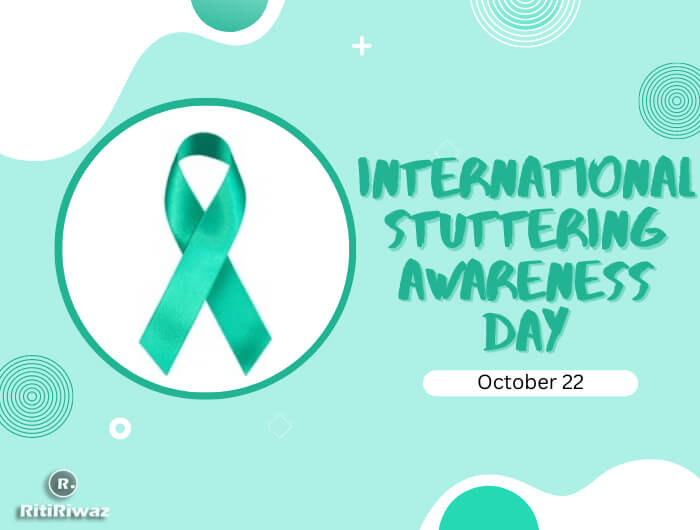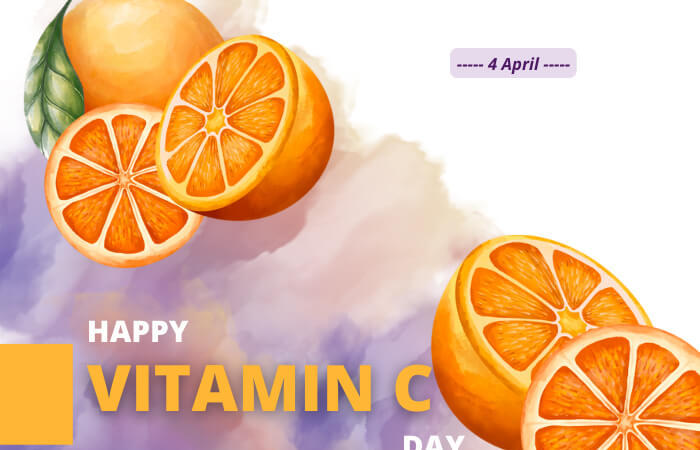International Stuttering Awareness Day (ISAD)

International Stuttering Awareness Day (ISAD) is observed every year on 22 October to increase awareness and educate people about this complex speech disorder. The day aims to challenge the negative attitudes of people towards those who stutter.
Stuttering is a speech fluency disorder. People who stutter repeat sounds, syllables, or words; prolong sounds; and/or experience unwanted interruptions, known as blocks in their speech. A person who stutters knows exactly what he or she would like to say but has trouble producing a normal flow of speech.
There are three main effects of the condition: repetition, the repeating of certain sounds; prolongation, extending a sound; and blocks, in which the person freezes during the speech, making no sounds at all. Stuttering or stammering is one such common disability and people who are suffering from this speech disorder are often mocked.
A person who stutter often experience physical tension and struggle in their speech muscles, as well as embarrassment, anxiety, and fear about speaking. Together, these symptoms can make it very difficult for people who stutter to speak, and this makes it difficult for them to communicate effectively with others.
History
Stammering associations, individuals, and groups around the world organize events to mark the day and raise awareness of stuttering. It began as an initiative in 1998 spear-headed by Michael Sugarman, Oakland, California, and has continued and grown every year since.
Over the centuries, there have been countless theories about possible causes of stammering and there are researchers across the world who are trying to find out exactly what makes one child more vulnerable than another. Recently there has been growing evidence that genetics plays an important part, but not in all families.
Since every child is unique, each has a different cause for stammering. The diagram shown below tries to analyze how a child starts to stammer, how the stammering changes over time, why children stammer more or less in particular circumstances, and the impact that it has on the child and family.
The symbol for the awareness is a sea green colored band. Why sea green for stammering awareness? Michael Sugarman who founded ISAD writes: “The color ‘blue’ has traditionally been associated with calm while ‘green’ represents liberty, freedom, and justice.”
How the day is observed
Various events and campaigns are held to highlight how life can be difficult for people who stammer and how others can help them in the process. Although there is no cure for stuttering, through speech therapies people can learn to speak more easily, feel better about themselves, and communicate more effectively. The day is also about possible speech therapies that individuals can try to reduce the issue of stuttering.
Early intervention is the best way to help children overcome their speaking difficulties, and that is why it is important to seek an evaluation with a speech-language pathologist if there are any concerns with a child’s speech. Early treatment of childhood stuttering may prevent it from becoming a lifelong problem.
Among various events one is an online conference, running annually from October 1 to 22, targeted at people with an interest in stuttering as well as speech-language pathologists and their clients. The conferences, held every year since 1998, are all still available online. It also includes public awareness events, a media campaign, educational activities, and online resources.
International Stammering Awareness Day is a great opportunity to talk to the general public about stammering. Only by talking openly about stammering will we gradually remove the stigma and misunderstanding surrounding it. And there’s an additional benefit to us as well – talking about it is therapeutic in its own right!
If you’re ever having a conversation with someone and they stutter, you should be kind… it’s not caused by stupidity, it’s an involuntary action.






